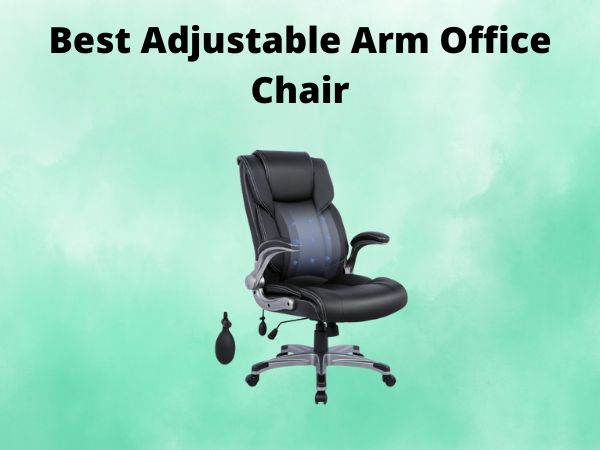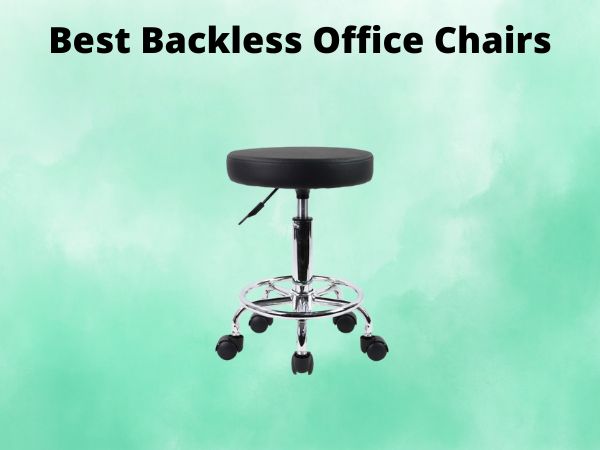How to Change Cushions on a Dining Chair [Like a Pro]
Ever strolled into your dining room and thought, “These chairs need a facelift”? Whether you are dealing with worn-out cushions or just in the mood for a fresh look, changing the cushions on your dining chair isn’t as daunting as it seems. In this guide, I’ll show you how to tackle this project like a pro.
Table of Contents
Why Change Your Dining Chair Cushions?
Before diving into the “how”, let’s touch on the “why”. Refreshing your dining chairs can breathe new life into your space, offering not just a touch of style, but also improved comfort. It’s like a mini home makeover without the massive price tag.
Gathering Your Materials and Tools
First things first: materials and tools. A quick trip to your local hardware store or a browse online will equip you with:
- Fabric of your choice
- Foam padding
- Staple gun
- Screwdriver
- Scissors
- Measuring tape
Simple enough, right?
Removing Old Cushions
Using your trusty screwdriver, start by unscrewing the seat from the chair frame. Once separated, peel back the layers of fabric and foam—think of it like peeling an onion, minus the tears.
Step-by-Step Removal Guide
Carefully remove any staples or tacks using a staple remover or pliers. Keep your workspace tidy by disposing of these bits immediately; no one wants to step on sharp surprises!
Choosing the Right Fabric
Select a fabric not just for its beauty but its durability, too. Consider how frequently the chairs will be used and whether they might endure spills or stains.
Cutting New Cushions
Measure twice, cut once! Lay the old foam over a sheet of new foam and trace around it. Cut carefully with sharp scissors, maintaining precision.
Pro Tip:
If your foam is thicker than a waffle, use an electric knife for a cleaner cut.
Preparing the Fabric
With your cushions cut, it’s time for the fabric. Spread it out, pattern-side down, and place the cushion atop. Leave about 2-3 inches of fabric around each side to ensure you have enough to work with.
Attaching the New Fabric
Wrap and staple the fabric around the foam, pulling it taut to avoid wrinkles. Picture it as gift wrapping, only now you’re dealing with high-grade textile instead of festive paper.
Reattaching the Cushions to the Chair
With the new fabric securely in place, align the cushion with the chair frame. Using the screws, fasten the cushion snugly back onto the chair. Your dining chair now has a fresh lease on life!
Finishing Touches
Inspect your work, snipping off any loose threads or fabric for a polished finish. Like a fine chef tasting their masterpiece, this is the time to savor your accomplishment.
Maintenance Tips for New Cushions
- Regularly vacuum to prevent dust buildup
- Spot clean spills immediately
- Rotate chairs to even out wear and tear
DIY or Call a Professional?
If you’re handy with tools and full of enthusiasm, DIY is the way to go. For those less inclined, hiring a professional is still a viable option, giving you peace of mind and quality assurance.
Common Mistakes and How to Avoid Them
Avoid these pitfalls:
- Not measuring correctly
- Using the wrong type of fabric
- Forgetting to staple facing away from you, which can create tension issues
Benefits of Reupholstering Dining Chairs
Apart from the aesthetic appeal, reupholstering extends the life of your furniture and can be an emotional connection makeover; after all, family meals are shared here!
The Environmental Impact of Reupholstering
Reupholstering is like recycling your furniture, reducing landfill waste and your carbon footprint. It’s a sustainable trend worth following.
Conclusion
Replacing dining chair cushions can be rewarding, reinvigorating both your home’s look and feel. Armed with this guide, you’re well on your way to achieving a professional touch with a personal flare.
FAQs
How often should I change my dining chair cushions?
Typically every 5-7 years, or when they appear worn and uncomfortable.
Can I wash the cushion fabric?
That depends on the fabric type; check the manufacturer’s care recommendations.
What is the best fabric for dining chair cushions?
Consider high-durability fabrics like polyester blends for frequent use and easy cleaning.
Do I need special tools for reupholstering?
Not necessarily, but a staple gun and screwdriver are essential. An electric knife can be handy for cutting foam.
Can reupholstering increase furniture value?
Yes, especially if done with quality materials and craftsmanship, giving pieces a renewed appeal.





